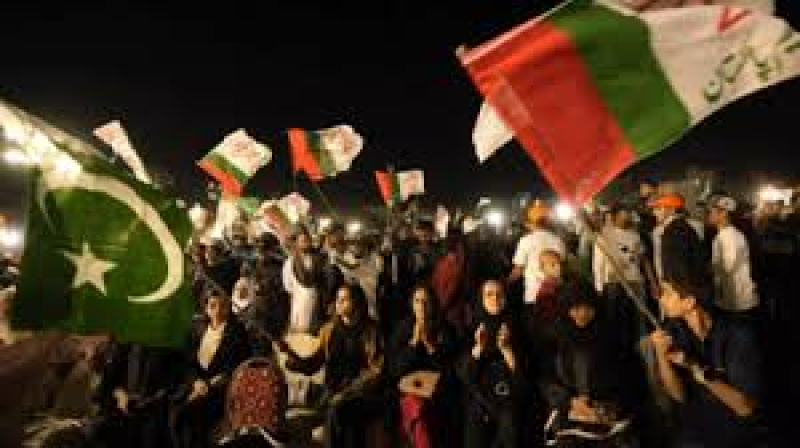- Depositors stranded as Sammilito Islami Bank is in liquidity crisis |
- BNP faces uphill task to reach seat-sharing deal with allies |
- Bangladesh rejects India’s advice; vows free, fair polls |
- Hadi’s condition very critical: Singapore Foreign Minister |
- Asia-Pacific hunger eases, Gaza pipeline fixed, Europe hit by flu |
How will Pakistan form its next government?

Pakistan's elections last week returned a hung parliament, with no party getting enough seats in the National Assembly to form a government by itself.
Negotiations for a coalition government are taking place between former Prime Minister Nawaz Sharif's party, with 75 seats, and the party of Bilawal Bhutto Zardari, with 54 seats, as well as other smaller parties.
Independent candidates backed by jailed former Prime Minister Imran Khan won the most seats - 93 - and they are also jostling for allies to form government. Candidates were vying for 264 seats out of the assembly's 336 total. There are also 70 reserved seats.
Following are some facts about the National Assembly and what is what is likely to play out in the house in the days ahead as Pakistan tries to form a new government:
By law, the National Assembly, or the lower house of parliament, must be called by the President three weeks after the national election. It is usually called earlier.
A new speaker of the house is then elected, and then they call for the election of the leader of the house, or prime minister, who must win a simple majority - 169 of the 336 seats.
There can be multiple candidates for prime minister. If no candidate secures a majority in the first round, a second vote is held between the top two candidates. Voting will continue till one person is able to secure a majority.
Once a prime minister is elected, they take an oath and announce the cabinet. The caretaker set-up that has been in place to oversee the elections then hands over power to the new government.
Parties are allocated 70 reserved seats - 60 for women, 10 for non-Muslims - in proportion to the number of seats won. Independents are not eligible for reserved seats.
If the independents want to gain reserved seats, they must join another party to form a bloc. The independents are running as such because Khan's Pakistan Tehreek-e-Insaf (PTI) was barred from these polls for breaching electoral laws.

